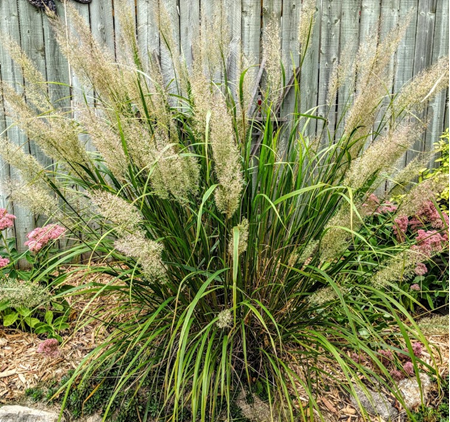Click below to listen to my 2 min. Garden Bite radio show: Native grasses
Audio PlayerI think it’s safe to say we’ve established the fact that native plants offer more than just beauty
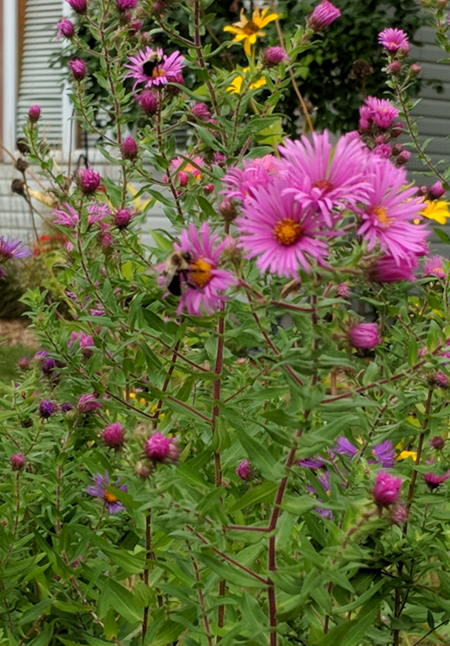
such as:
- wide diversity – with an established track record
- don’t require a lot of extra attention – just the right sun/shade and soil
- environmentally friendly – they belong here, or there, depending on where you live!
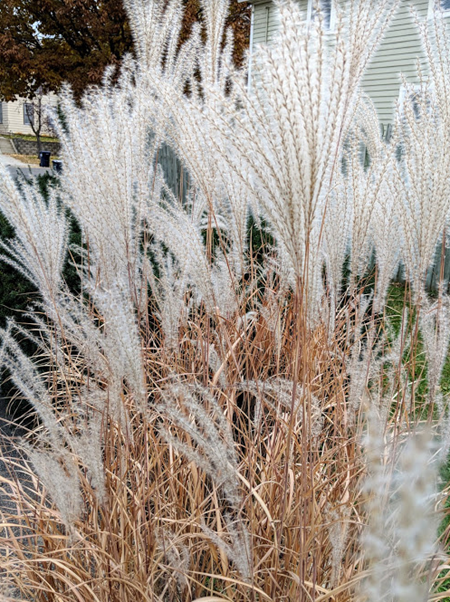
We are so fortunate to have some fantastic native grasses that are hardy to zone 3!
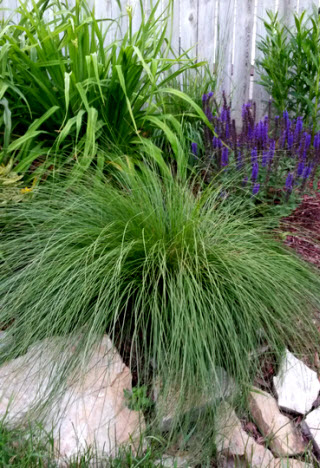
Prairie Dropseed is a favorite of mine. The showiest prairie grass for gardens, Prairie Dropseed’s magnificent fountain of fine textured, emerald-green leaves really looks elegant and softens lines. It makes a well-defined and distinctive border when planted 18 to 24 inches apart. Plains Indians ground the seed to make a tasty flour. Plant seed in fall or early spring for best results.
I have links to native nurseries in My Favorites tab. Also this is a pdf of listings for natives in Wisconsin. Native nursery list – Wisconsin
Some native grasses that work in the urban landscape come from cultivars created by the University of Minnesota Extension. Little Bluestem ‘Blue Heaven’ was introduced to the masses in 2007 and has remained a popular choice in a sunny garden.
Standing about 4 feet tall, this clump grass starts the year out with blue/grey foliage that turns burgundy in September, small white airy seedheads will form when the foliage turns. The parents of Blue Heaven come from Benton county in northern Minnesota and it’s rated to zone 3b.

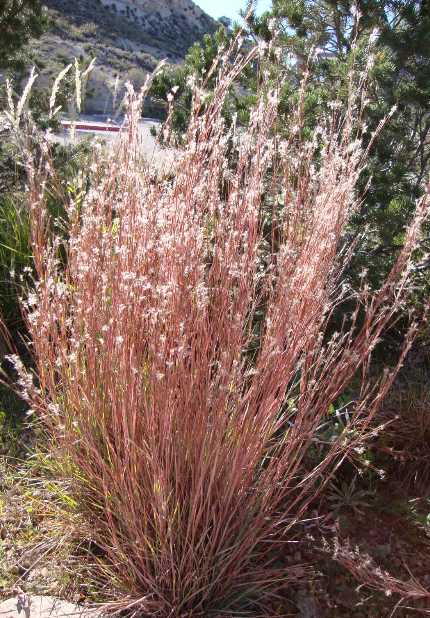
I also love switchgrass, which has hazy plumes of seedheads in late summer and fall.
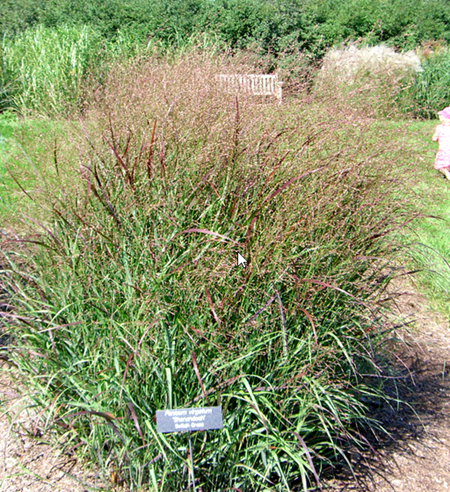
The leaves can be multi colored in late summer, with airy seedheads. In fall, the foliage can turn dramatic red, yellow and gold tones. It’s happy in average soil and prefers full sun or part shade.
And feather reed grass aka calamgrostis is also native to parts of the Upper Midwest. I have ‘Avalanche’ in my landscape.
